SunFire 6800
 In October, 2001, OSC engineers installed four SunFire 6800 midframe servers, with a total of 72 UltraSPARC III processors.
In October, 2001, OSC engineers installed four SunFire 6800 midframe servers, with a total of 72 UltraSPARC III processors.
 In October, 2001, OSC engineers installed four SunFire 6800 midframe servers, with a total of 72 UltraSPARC III processors.
In October, 2001, OSC engineers installed four SunFire 6800 midframe servers, with a total of 72 UltraSPARC III processors.
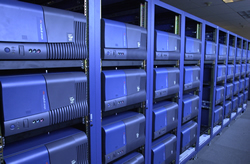 In August, 2001, OSC engineers installed a 146-CPU SGI 750 Itanium Linux Cluster, described by SGI as one of the fastest in the world. The system – with 292GB memory, 428GFLOPS peak performance for double-precision computations and 856GFLOPS peak performance for single-precision computations – followed the Pentium® III Xeon™ cluster that had been operated at OSC for the preceding 18 months.
In August, 2001, OSC engineers installed a 146-CPU SGI 750 Itanium Linux Cluster, described by SGI as one of the fastest in the world. The system – with 292GB memory, 428GFLOPS peak performance for double-precision computations and 856GFLOPS peak performance for single-precision computations – followed the Pentium® III Xeon™ cluster that had been operated at OSC for the preceding 18 months.
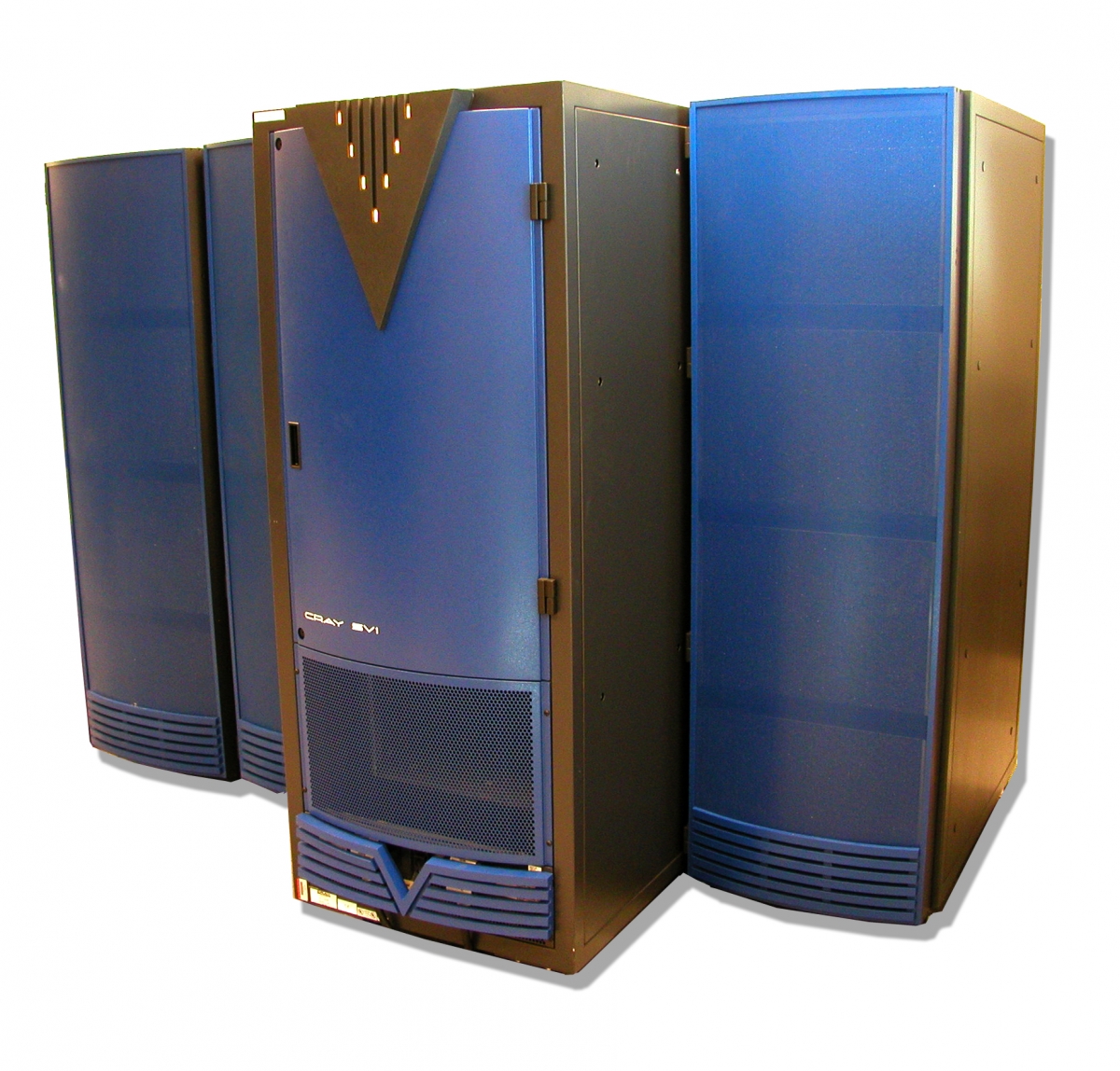 In October, 1999, OSC engineers installed a Cray SV1 system with 16 custom vector processors at 300MHz and 16GB of memory. The SV1 used complementary metal–oxide–semiconductor (CMOS) processors, which lowered the cost of the system, and allowed the computer to be air-cooled.
In October, 1999, OSC engineers installed a Cray SV1 system with 16 custom vector processors at 300MHz and 16GB of memory. The SV1 used complementary metal–oxide–semiconductor (CMOS) processors, which lowered the cost of the system, and allowed the computer to be air-cooled.
In April, 1999, OSC installed a 10-CPU IA32 Linux Cluster as a “Beowulf Cluster,” a system built of commodity off-the-shelf (COTS) components dedicated for parallel use and running an open source operating system and tool set. OSC developed this cluster to create an experimental test bed for testing new parallel algorithms and commodity communications hardware, to design a model system for cluster systems to be set up by members of the OSC user community and to establish a high performance parallel computer system in its own right.
 Later in 1999, OSC purchased a cluster of 33 SGI 1400L systems (running Linux). These systems were connected with Myricom's Myrinet high-speed network and used as a “Beowulf cluster on steroids.” This cluster, nicknamed the Brain (after Pinky's smarter half on Animaniacs), was initially assembled and tested in one of SGI's HPC systems labs in Mountain View, Calif., in October.
Later in 1999, OSC purchased a cluster of 33 SGI 1400L systems (running Linux). These systems were connected with Myricom's Myrinet high-speed network and used as a “Beowulf cluster on steroids.” This cluster, nicknamed the Brain (after Pinky's smarter half on Animaniacs), was initially assembled and tested in one of SGI's HPC systems labs in Mountain View, Calif., in October.
Early in 1999, Pinky, a small cluster of five dual-processor Pentium II systems connected with Myrinet, was made available to OSC users on a limited basis. Pinky was named for a good-natured but feebleminded lab mouse in the animated television series Animaniacs.
 OSC engineers were busy again in September of 1998, installing an SGI Origin 2000 system at the Center. The SGI Origin 2000, code named Lego, came from a family of mid-range and high-end servers developed and manufactured by Silicon Graphics Inc. (SGI) to succeed the SGI Challenge and POWER Challenge. The SGI Origin 2000 contained 32 MIPS R12000 processors at 300MHz and 16GB of memory.
OSC engineers were busy again in September of 1998, installing an SGI Origin 2000 system at the Center. The SGI Origin 2000, code named Lego, came from a family of mid-range and high-end servers developed and manufactured by Silicon Graphics Inc. (SGI) to succeed the SGI Challenge and POWER Challenge. The SGI Origin 2000 contained 32 MIPS R12000 processors at 300MHz and 16GB of memory.
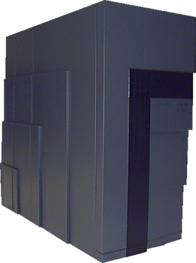 In November, 1997, OSC also installed two additional HPC systems, a CRAY T94 and a CRAY T3E. These systems replaced a CRAY Y-MP and a CRAY T3D, two of the Center’s most utilized systems. The T3E-600/LC housed 136 Alpha EV5 processors at 300MHz and 16GB of memory.
In November, 1997, OSC also installed two additional HPC systems, a CRAY T94 and a CRAY T3E. These systems replaced a CRAY Y-MP and a CRAY T3D, two of the Center’s most utilized systems. The T3E-600/LC housed 136 Alpha EV5 processors at 300MHz and 16GB of memory.
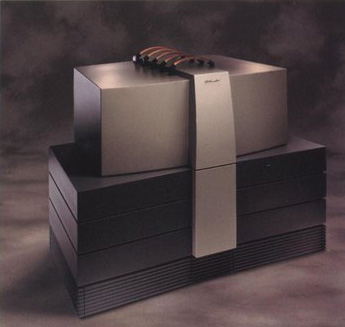 In November, 1997, OSC also installed two additional HPC systems, a CRAY T94 and a CRAY T3E. These systems replaced a CRAY Y-MP and a CRAY T3D, two of the Center’s most utilized systems. The T94 featured four custom vector processors at 450MHz and 1GB of memory.
In November, 1997, OSC also installed two additional HPC systems, a CRAY T94 and a CRAY T3E. These systems replaced a CRAY Y-MP and a CRAY T3D, two of the Center’s most utilized systems. The T94 featured four custom vector processors at 450MHz and 1GB of memory.
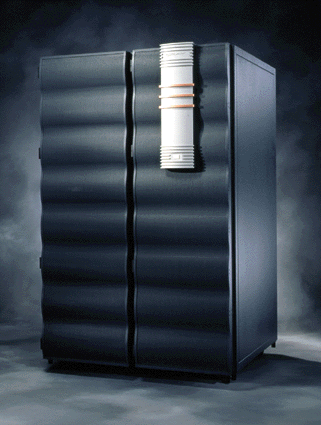 In June, 1997, OSC engineers installed the Cray J90se system. This Scalar Enhanced series doubled the scalar speed of the processors on the base J90 model to 200 MHz; the vector chip remained at 100 MHz.
In June, 1997, OSC engineers installed the Cray J90se system. This Scalar Enhanced series doubled the scalar speed of the processors on the base J90 model to 200 MHz; the vector chip remained at 100 MHz.